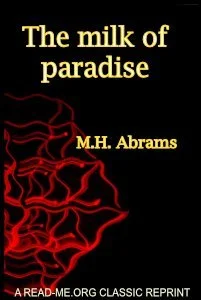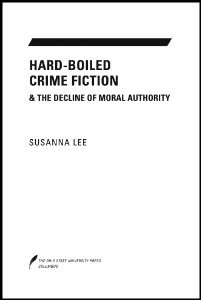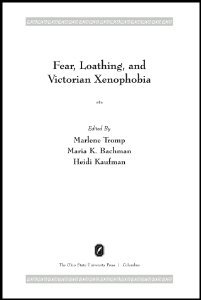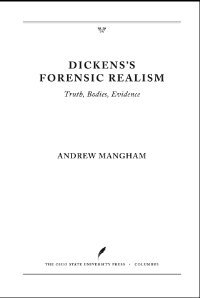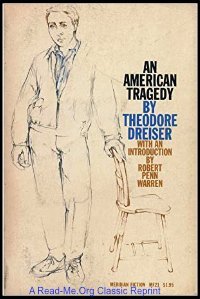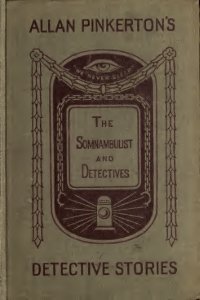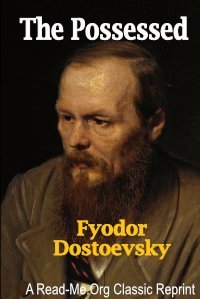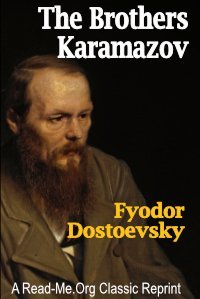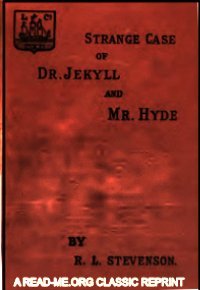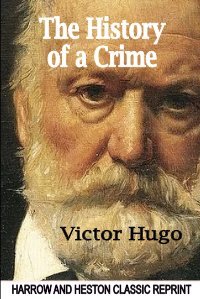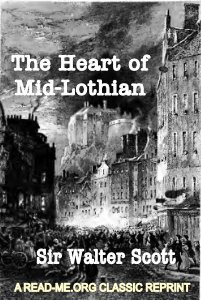By Ruggero Scaturro
In July 2021, the president of the Antimafia Commission of the Italian Parliament – established in 1963 to look into the phenomenon of organized crime in Italy and assess the adequacy of existing legislative and administrative measures to counter it – declassified the minutes of a meeting between the Commission, the celebrated judge, Giovanni Falcone, and the other prosecuting magistrates of the so-called ‘Antimafia Pool’ of judges (see below). The meeting was held in Palermo, Sicily, in June 1990.1 Barring cases concerning national security or the safety of public officials, over recent decades the Commission has developed the practice of publishing the minutes of all its meetings, demonstrating a commitment to transparency and the rule of law. The decision to declassify this 117-page record of the meeting, however, comes more than a year after a commitment taken by the Commission’s president, Nicola Morra, in 2020 to declassify all the Commission’s minutes from 1963 to 2001.2 Having scrutinized the entire archive of its minutes, Italian civil society movement I Cittadini Contro le Mafie e la Corruzione (‘citizens against the mafia and corruption’) realized that the 1990 document was the only one yet to be made public. Given the potential relevance of its contents, they formally requested the Commission’s president to keep to his word and declassify it.3 A full unofficial translation of the minutes of the meeting is available at: https://globalinitiative.net/wp-content/uploads/2022/05/gitoc-falcone-annex.pdf. From the initial pages of the minutes, it emerges that the 1990 meeting had been convened to discuss the reasons for delays in investigations carried out by the Antimafia Pool. When discussing these delays in the magistrates’ work, however, Falcone went on to disclose what appear to be new details pertaining to the context of the unsolved assassination a decade earlier of Piersanti Mattarella, the Governor of Sicily and brother of the current President of the Italian Republic, Sergio Mattarella.4 Mattarella, whose killers are still unknown – although there is consensus that Cosa Nostra kingpins were behind the hit – arguably personifies the anti-mafia movement in Sicily since the early 1960s, a period in which he began to gain international recognition and support for his good governance.5 The following section offers an analysis of those parts of the minutes that deal with a theory Falcone had developed that offered, in his mind, a reliable investigative route to uncovering the truth of the unresolved murder of the Governor of Sicily. In addition, thanks to an interview with Judge Antonio Balsamo, current President of the Court of Palermo, it sets out an explanation of how Cosa Nostra may have teamed up with an unusual ally to eliminate the respected politician.
Geneva: Global Initiative Against Transnational Organized Crime, 2022. 26p.




